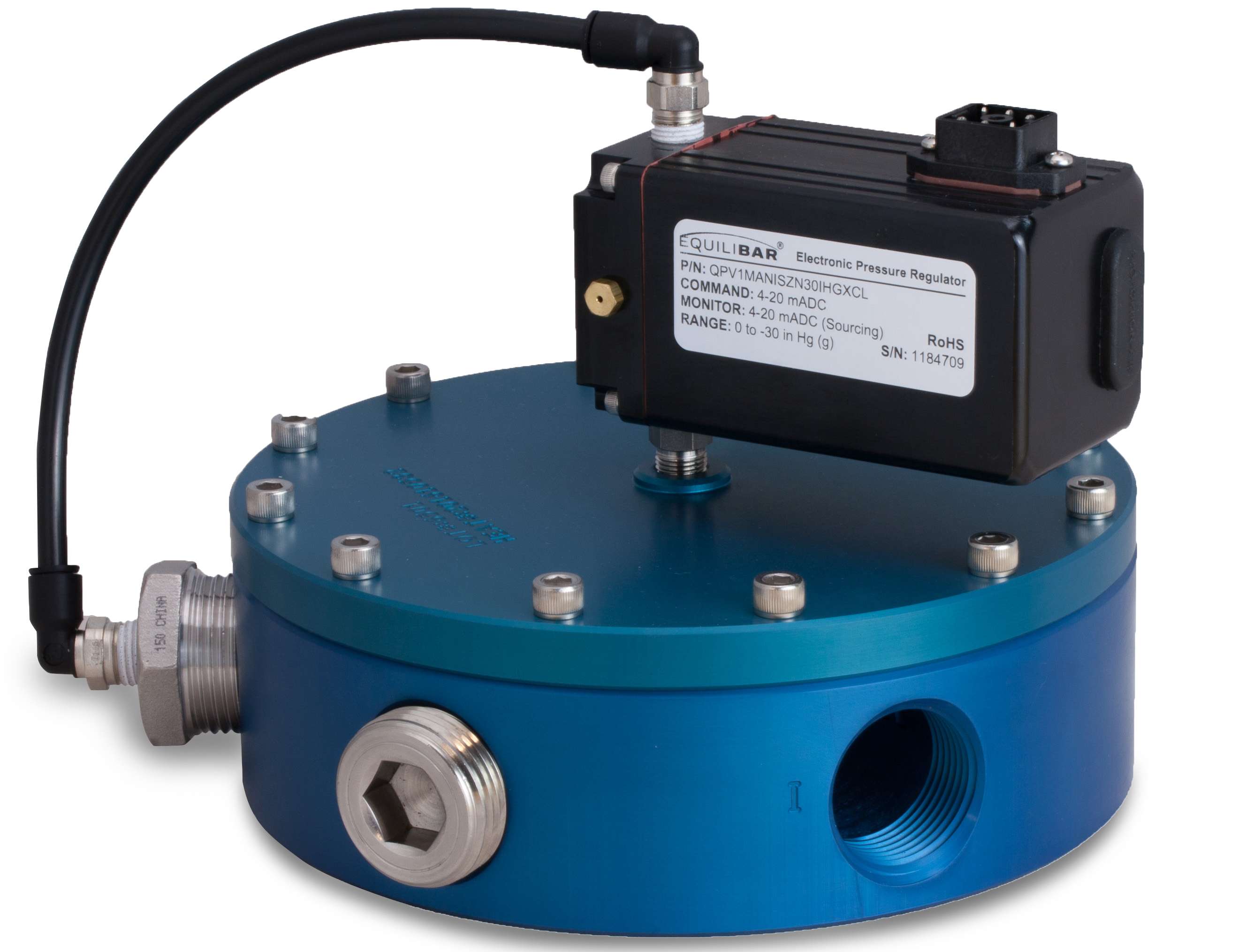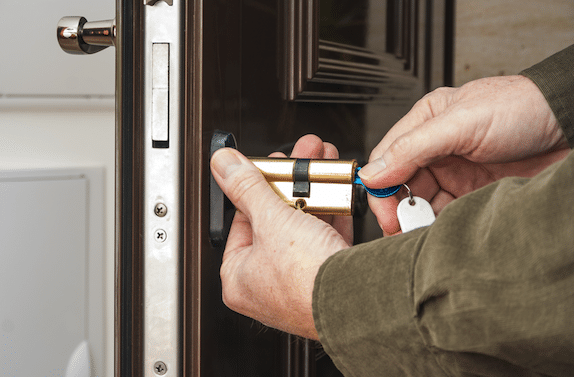Are you here to see the Difference between absolute pressure and vacuum pressure? You are at the right page.
The force applied per unit area is what is meant by the fundamental idea of pressure in the fields of engineering and physics. Often, it is measured in units like Pascal Bar or PSI (Pounds Per Square Inch).
Yet, there are 2 basic categories of pressure: Absolute pressure and Vacuum Pressure. So, you might want to know the difference between these two, Right?
So, in this article, we will explore the difference between Absolute Pressure and Vacuum Pressure.
What is Absolute Pressure?

Source: esi-tec.com
Absolute pressure refers to any Pressure, whether above or below the atmospheric pressure in the immediate area, that is measured in relation to a complete vacuum.
It is relative to the zero pressure, or the pressure in the void or unoccupied space. There is no pressure in a vacuum. Absolute Pressure is referred to as Pabs.
When measured with a barometer, it is equal to measuring pressure + ambient pressure. Absolute pressure is the pressure calculated as a percentage of the pressure at absolute zero in a vacuum.
Absolute pressure is used in many applications like measurement of barometric pressure, tire pressure and blood pressure.
Want to know about the topic Dry Cleaning and Laundry, be sure to read our recent blog post: Difference Between Dry Cleaning and Laundry
What is Vacuum Pressure?

Source: 5.imimg.com
Negative Pressure, also referred to as Vacuum Pressure, is a measurement of pressure below atmospheric pressure. A Vacuum Gauge is an instrument used to measure vacuum pressure.
Vacuum Pressure is frequently employed in a variety of settings, including chemical processing, air conditioning systems, and vacuum cleaners. By reducing the pressure inside the vacuum, which prompts air to rush in and collect dust and debris, vacuum cleaners create a suction effect.
If you want to improve the efficiency and performance of your Air conditioning system, then you can use a Vacuum pressure in your A.C. as it removes moisture and air from the Air conditioning system.
Check out our other posts on:
Difference Between Absolute Pressure and Vacuum Pressure

Source: equilibar.com
| Absolute Pressure | Vacuum Pressure |
| The reference pressure is referred to as the Absolute reference or Absolute pressure reference since it is not dependent on another pressure and remains constant. | A Vacuum Pressure, which is commonly assessed in relation to a perfect vacuum or full vacuum, is one that is lower than the surrounding ambient pressure. |
| It is always positive, and as the pressure rises, the more valuable it becomes. | Always negative, vacuum pressure rises in value as pressure decreases. |
| Pressure outside the Vacuum Range can also be defined by an Absolute Pressure. | An absolute pressure can be used to quantify and define a Vacuum pressure. |
| At sea level, atmospheric pressure is approximately 101.3 kPa. | Usually, Vacuum Pressure is less than 101.3 kPa. |
| Kilopascals (kPa), pounds per square inch (psi), and bars are common units of measurement. | Torr, millibars (mbar), inches of mercury (inHg), and pounds per square inch are common units of measurement (psi). |
What is the unit of Vacuum Pressure?
The official SI unit for vacuum pressure is the pascal, which is why it is frequently employed in physical sciences. One Newton per square meter of force exerted perpendicularly on a surface is equal to one pascal, Blaise Pascal, a French mathematician, physicist, and inventor, is the inspiration for the name Pascal.
What is the unit of Absolute Pressure?
In most cases, the Absolute pressure unit is expressed in Pascals (Pa) or Pounds per square inch (psia). Pressure is measured in Pascals, which are defined as one Newton of force per square meter of area in the SI system of units.
In the United States, and other nations that utilize the Imperial system of measurement, the psia unit is frequently employed. It stands for the pressure that is determined in relation to a perfect vacuum, or 0 psia.
Conclusion
To conclude the article, I would like to tell you that Vacuum Pressure is measured relative to air pressure, which is typically the reference point, whereas Absolute pressure is measured relative to a perfect Vacuum or Zero Pressure.
The values of Absolute pressure and Vacuum Pressure change depending on the pressure level; Absolute pressure is always positive and Vacuum Pressure is always Negative.
Both types of pressure are measured using different units, so it is necessary to have a point of comparison when converting between them.
If you enjoyed this article, be sure to check out our related posts on:


